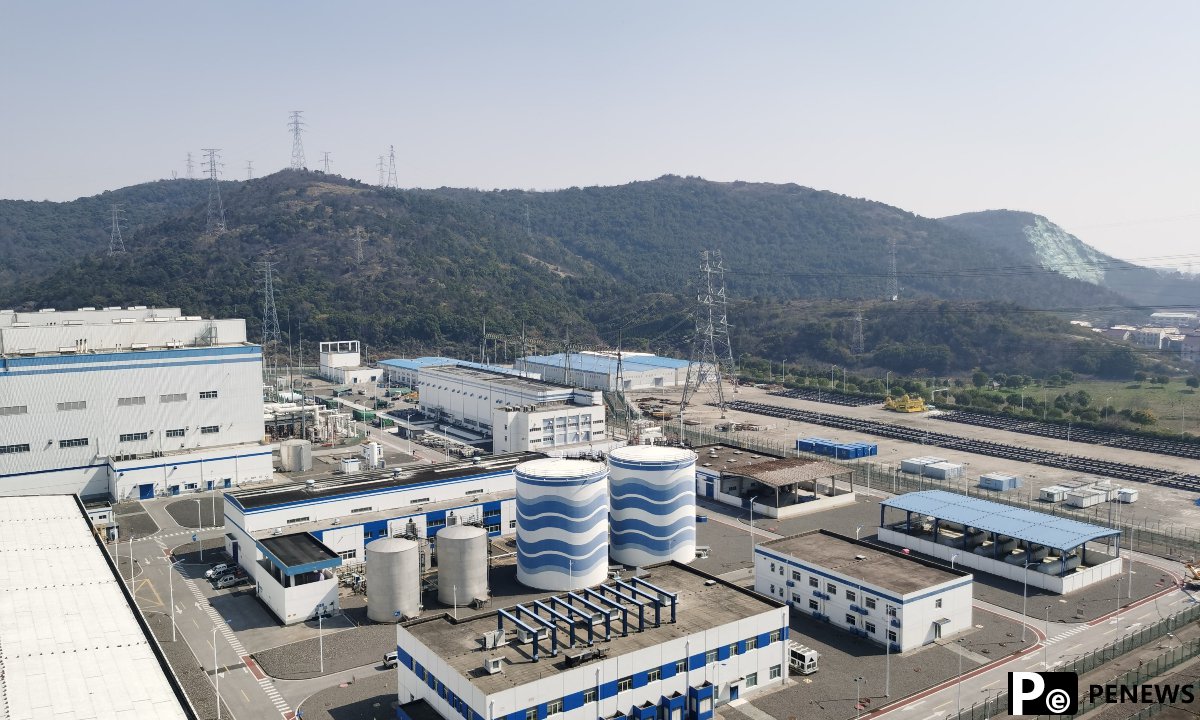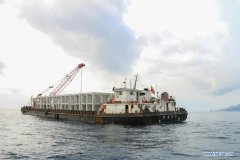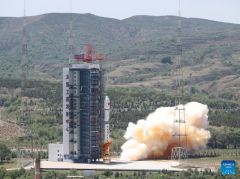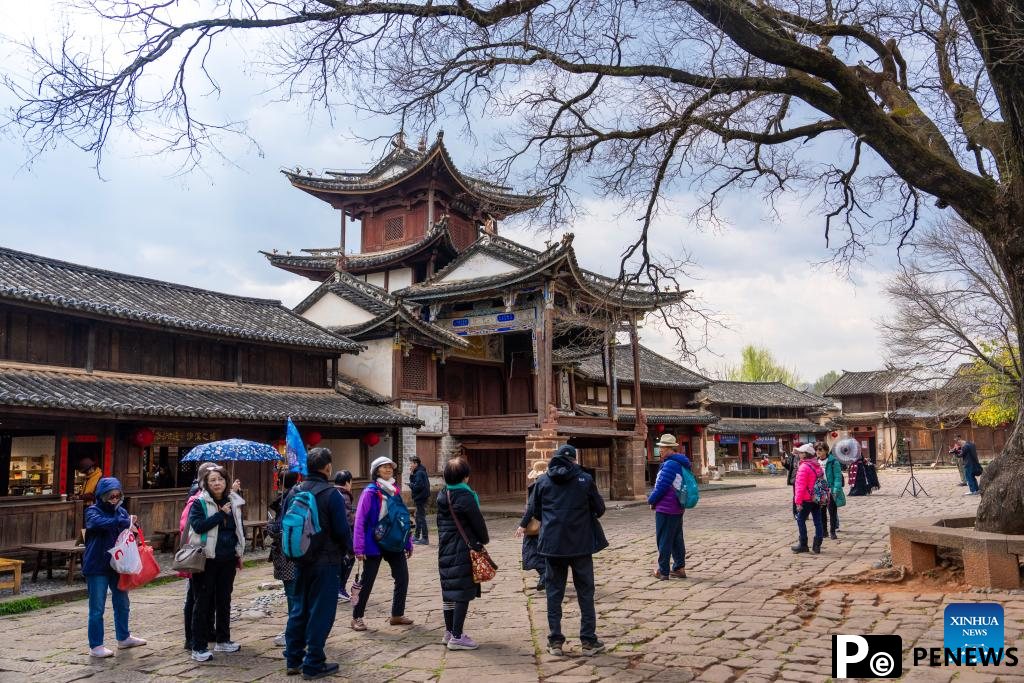Home>>
An up-close look at how China's earliest nuclear power plant cluster grows from follower to leader, offers solutions for global green energy transitionBy Hu Yuwei (Global Times) 15:14, March 21, 2025

On Thursday, as the Qinshan Nuclear Power plant celebrated the 40th anniversary of its first plant's construction commencement, the Global Times reporter visited to experience its innovative journey from a "cradle" to an international pioneer.
After 40 years of development, the Qinshan Nuclear Power plant has become the largest nuclear power base in China, with the most operating units and the richest variety of reactor types, boasting nine operational units and an annual electricity generation exceeding 52 billion kilowatt-hours.
With a cumulative safe electricity generation of 860 billion kilowatt-hours, equivalent to reducing carbon dioxide emissions by 800 million tons and planting forests equivalent to 545 West Lake scenic areas, this first nuclear power plant in the Chinese mainland is presenting the world with a "Chinese solution" for green energy transformation.
In the 1970s, the electricity supply in eastern China was frequently in crisis, severely impacting economic development. As early as 1970, the Chinese government proposed the construction of a nuclear power plant, and the then premier Zhou Enlai presided over the approval of the first nuclear power plant construction plan.
In March 1985, construction of the Qinshan Nuclear Power plant began on the coast of Jiaxing, Zhejiang.
Yu remembers that the road to the nuclear power plant was dusty and bumpy. Everyone was eager to catch up on progress, often forgetting to eat, but with no one living within dozens of miles, once mealtime passed, there was no food available, and they continued to work on empty stomachs.
In the museum, the Global Times reporter saw photos documenting this difficult breakthrough. In a small room, people sat on long benches for meetings, some stamping their feet to keep warm. Yu recalled that a nuclear power plant consists of hundreds of thousands of components, and quality could not afford any mistakes.
Starting from scratch, experts relied on a few foreign nuclear power plant blueprints stored in their memories to overcome the challenges of a complete lack of talent, technology, and equipment, gradually exploring and ultimately completing the design of the Qinshan Nuclear Power plant.
In the early stages of construction, China's nuclear power technology was weak. From blueprint design to the production of key equipment, the first phase of the Qinshan project faced many "from zero to one" challenges. For instance, during the welding of key equipment, an overseas company promised to provide a technical manual for $100,000 but attached two "additional conditions": The use of this welding technology had to be reported to the government of that country, and an expert from that country had to supervise and monitor the welding on-site.
Faced with these unreasonable demands, the Qinshan technician team decided to break through on their own. Chief designer Ouyang Yu, along with renowned welding expert Pan Jilian, conquered the key welding technology within six months, saving the $100,000 for various independent technological breakthroughs.
Subsequently, Qinshan Nuclear Power plant entered a "fast track" of development, with the completion of the second and third phases of the project, allowing China to master 300,000, 600,000, and 1,000,000-kilowatt nuclear power technologies.
The plant has also successfully transitioned from following and keeping pace to leading in certain areas. This leadership is reflected in the development of some patented technologies.









